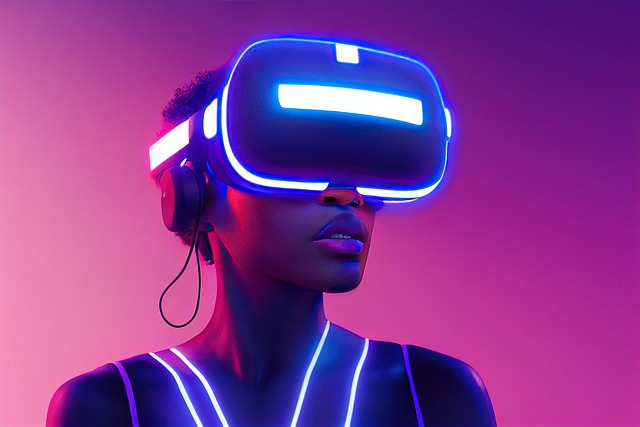Remember the feeling of getting lost in a good book or a captivating movie? That deep sense of being pulled into another world, where the boundaries of your own reality fade away? That feeling is evolving, transcending passive observation into active participation, driven by incredible advancements in how we interact with digital spaces. We’re moving beyond just looking at screens; we’re stepping inside them, touching, moving, and connecting in ways that were once confined to science fiction.
Virtual Reality: Stepping Inside the Digital World
Virtual Reality (VR) is perhaps the most direct path to digital immersion. By wearing a headset, the outside world is replaced by a digitally created one. This isn’t just viewing a picture; it’s being surrounded by it. User interaction in VR is fundamentally different because it often mimics real-world interactions. You don’t just click a button; you might reach out and grab an object, physically walk around a virtual room, or use hand gestures to manipulate your environment. This tactile, embodied interaction enhances the feeling of presence – the powerful sense of truly being *there* in the virtual space. It’s about replacing distance with immediacy, transforming passive viewing into active doing.
Augmented Reality: Blending Digital with the Physical
Augmented Reality (AR) takes a different approach, one that’s perhaps closer to weaving the digital into the fabric of our existing reality. Instead of replacing your surroundings, AR overlays digital information, objects, or experiences onto the real world, typically viewed through a phone screen or AR glasses. User interaction here is about merging the digital and the physical. You might tap on a real-world surface to place a virtual object, use your hands to resize a digital model floating in your living room, or follow digital navigation arrows overlaid on the street in front of you. AR interaction feels like an enhancement, adding layers of information and possibility to the world we already inhabit, creating a sense of connected presence rather than a separate one.
The Metaverse: A Shared, Persistent Digital Frontier
The concept of the Metaverse aims to bring these immersive technologies together into persistent, interconnected virtual worlds where users can interact with each other, digital objects, and AI. It envisions a shared digital space – or spaces – that you can inhabit, work, play, socialize, and create within. User interaction in the Metaverse is less about a single application and more about navigating and engaging within an entire digital ecosystem. It combines the presence of VR, potentially integrating AR elements, and focuses heavily on social interaction and shared experiences. The feeling it seeks to evoke is one of inhabiting a persistent digital place alongside others, blurring the lines between our physical and digital lives through continuous, meaningful interaction.
The journey towards truly immersive user interaction is rapidly accelerating. It’s not just about building new technologies; it’s about designing ways for us to connect more deeply with digital environments and with each other within them. As VR, AR, and the Metaverse evolve, the ways we interact will continue to shape our sense of presence, our connections, and our experiences in these burgeoning digital frontiers, pulling us ever deeper into fascinating new realities.



